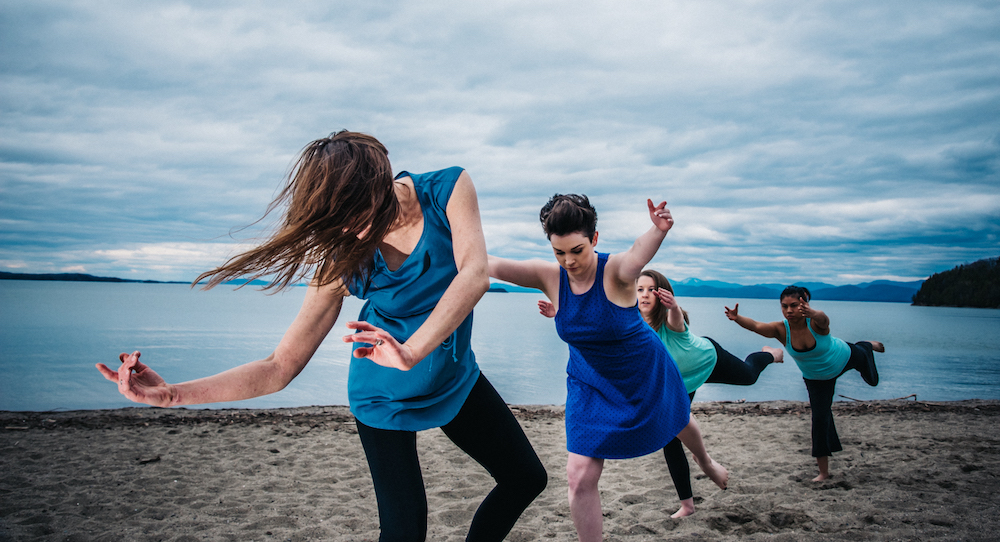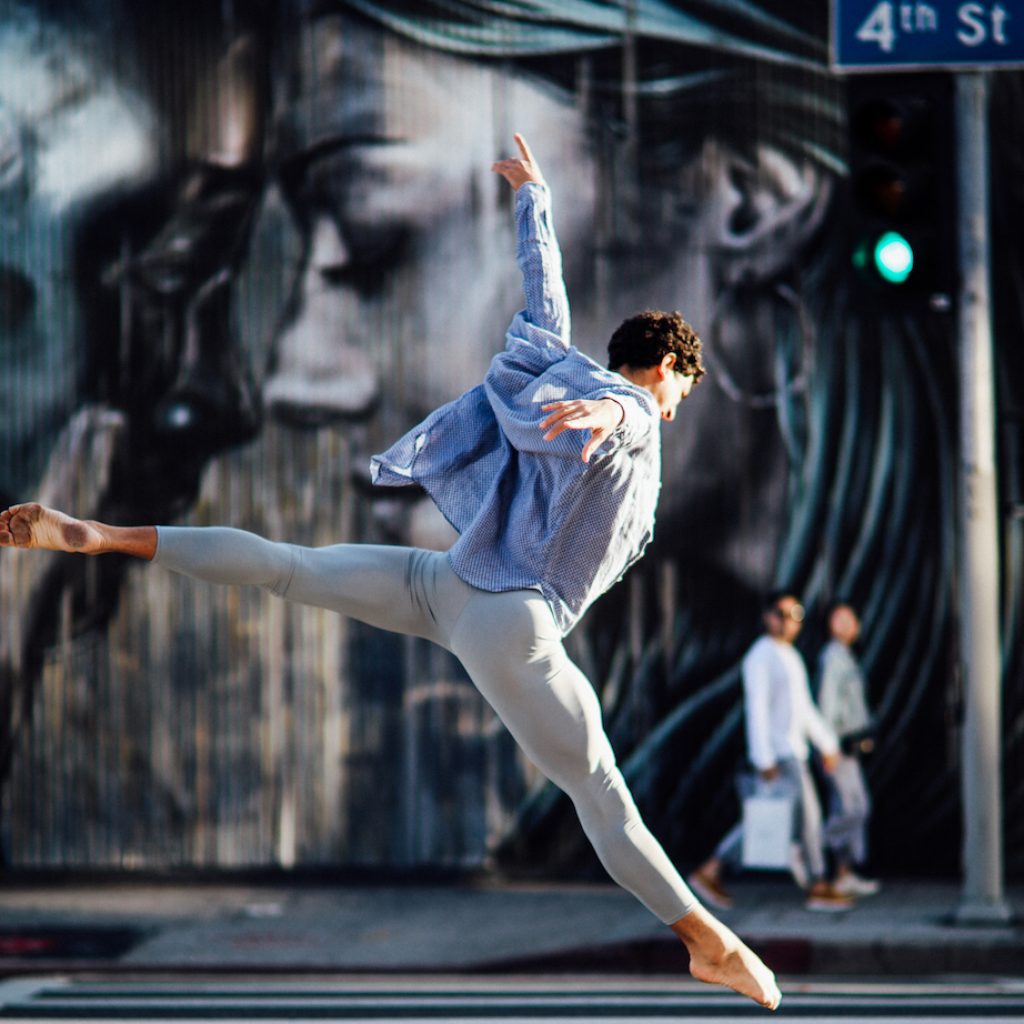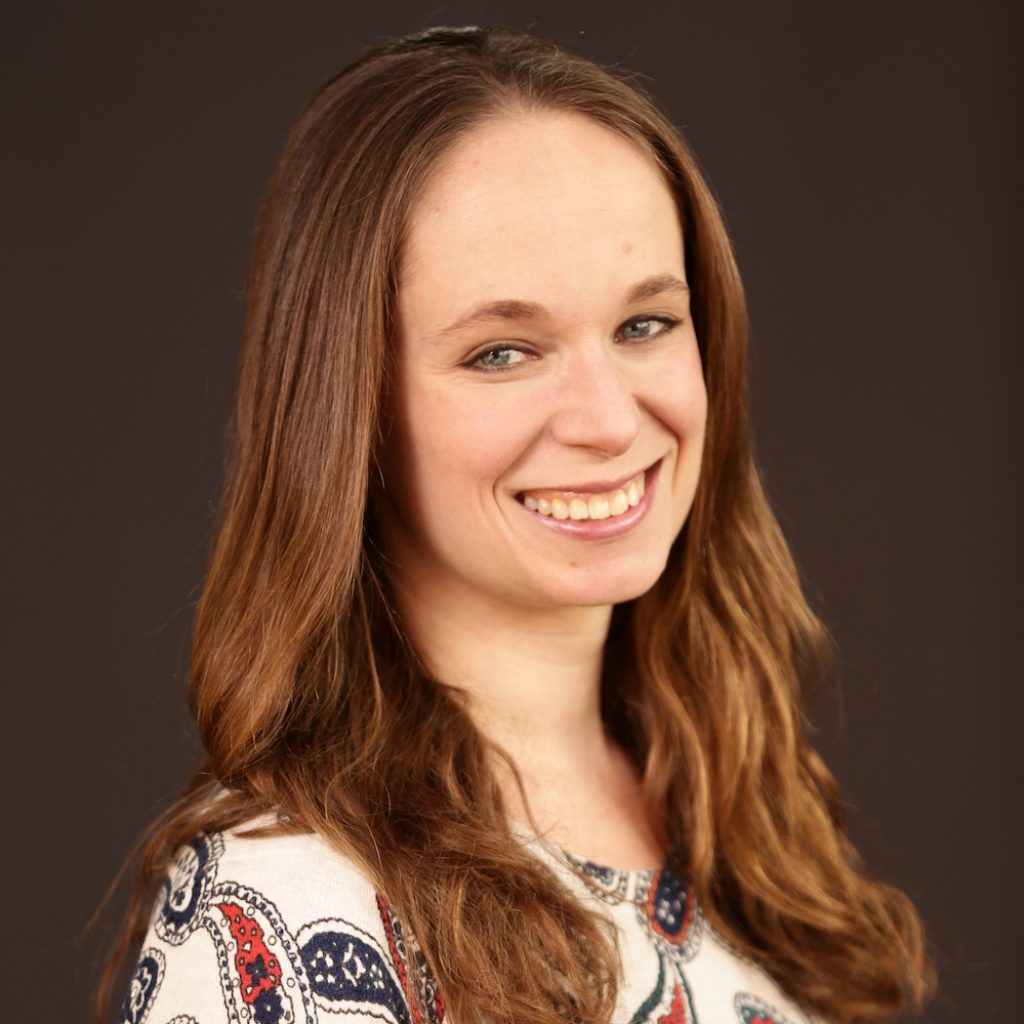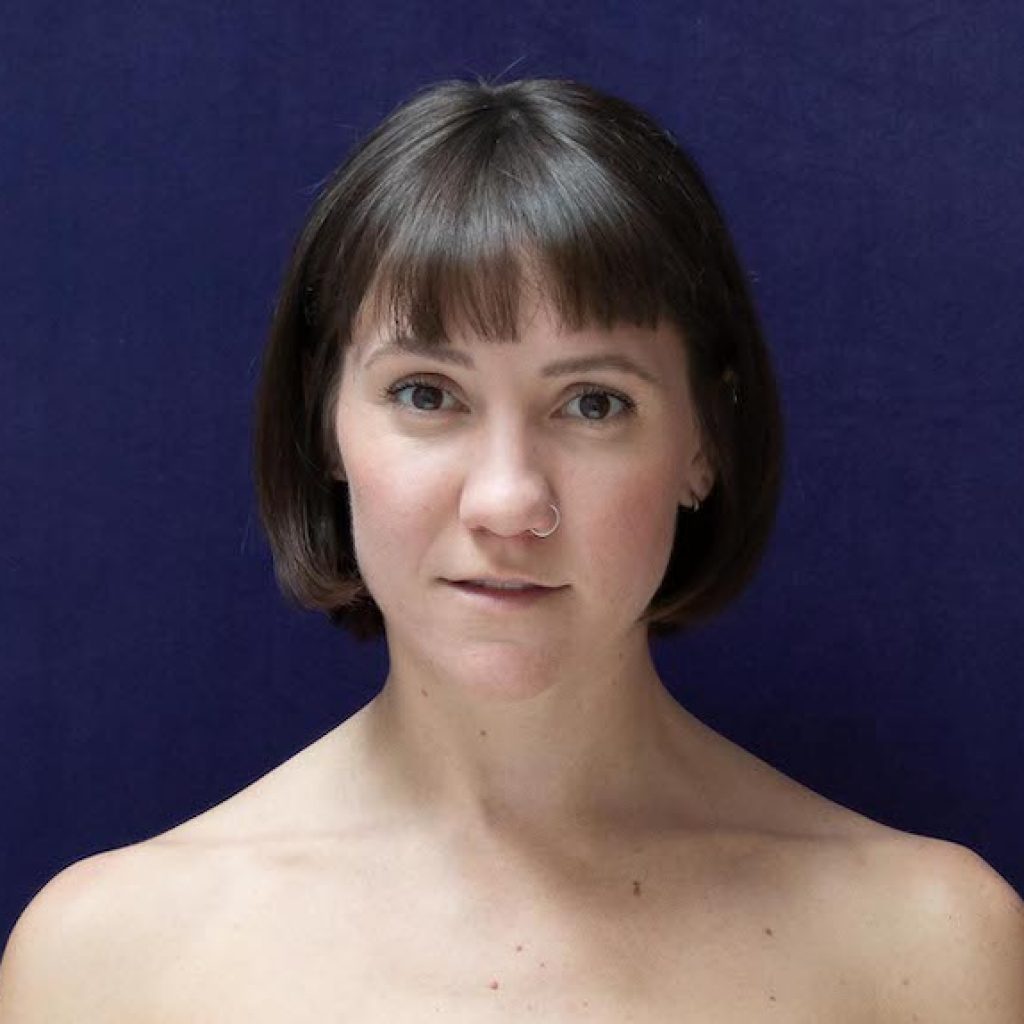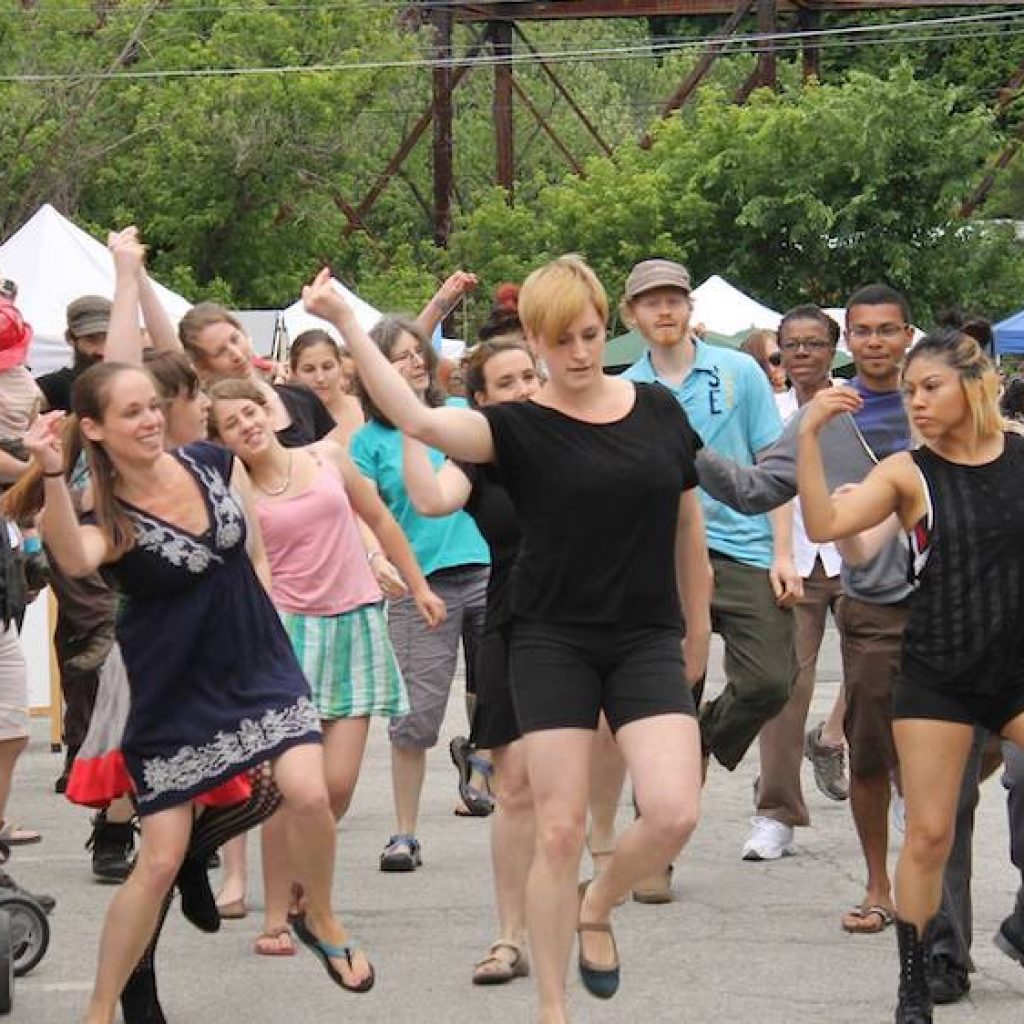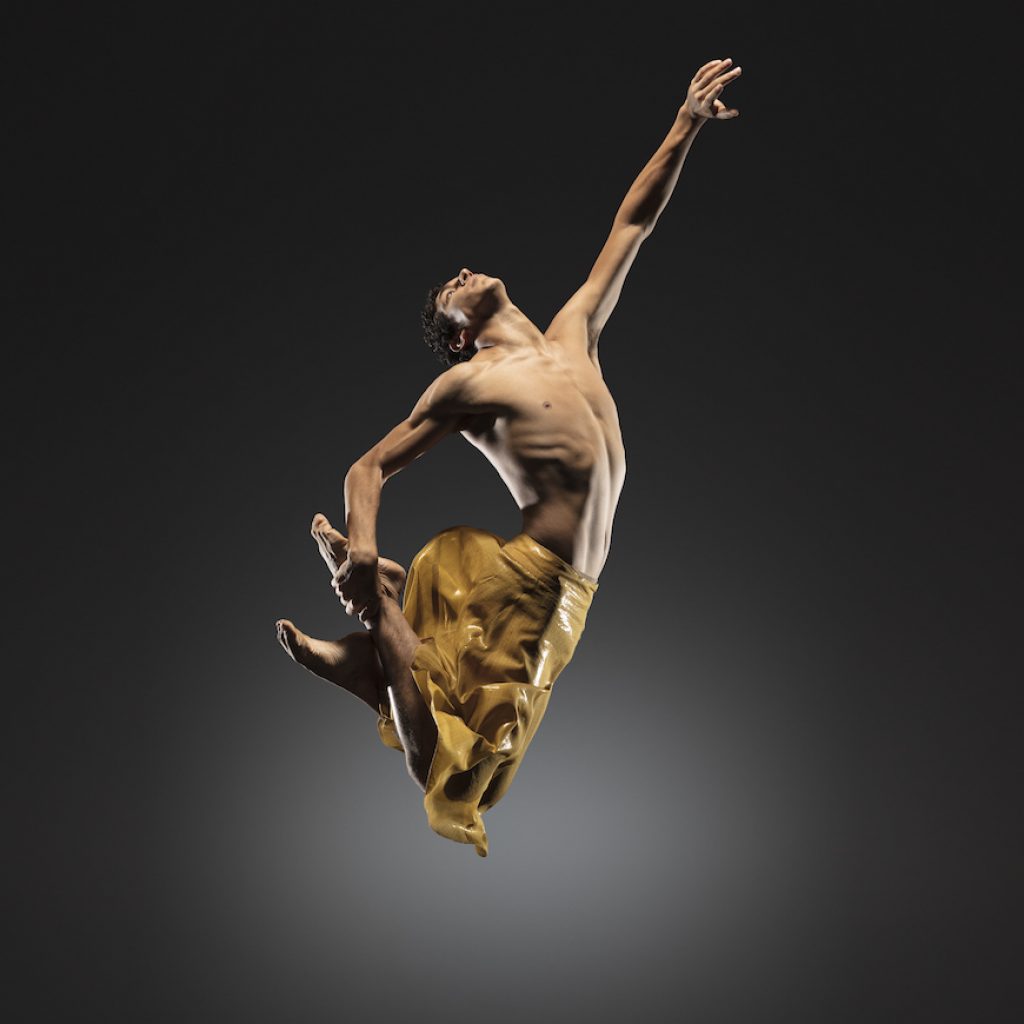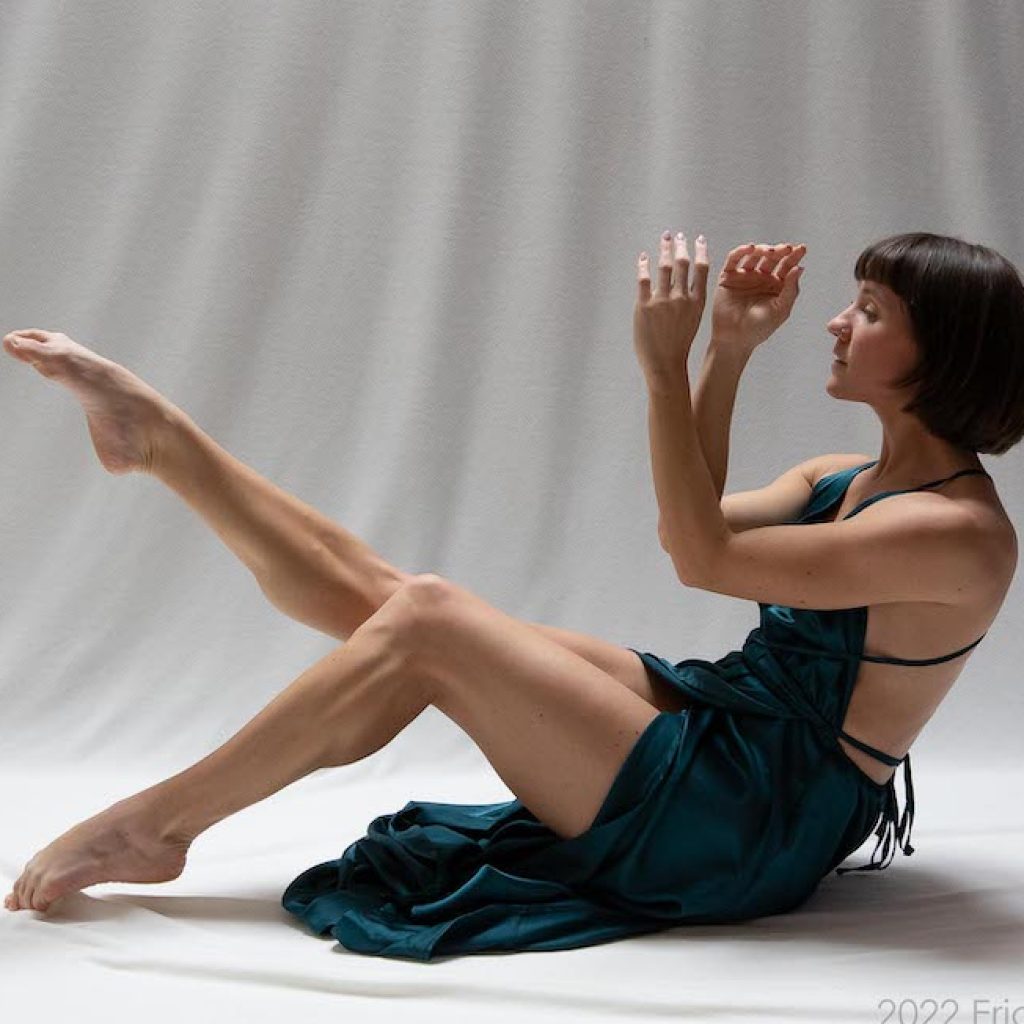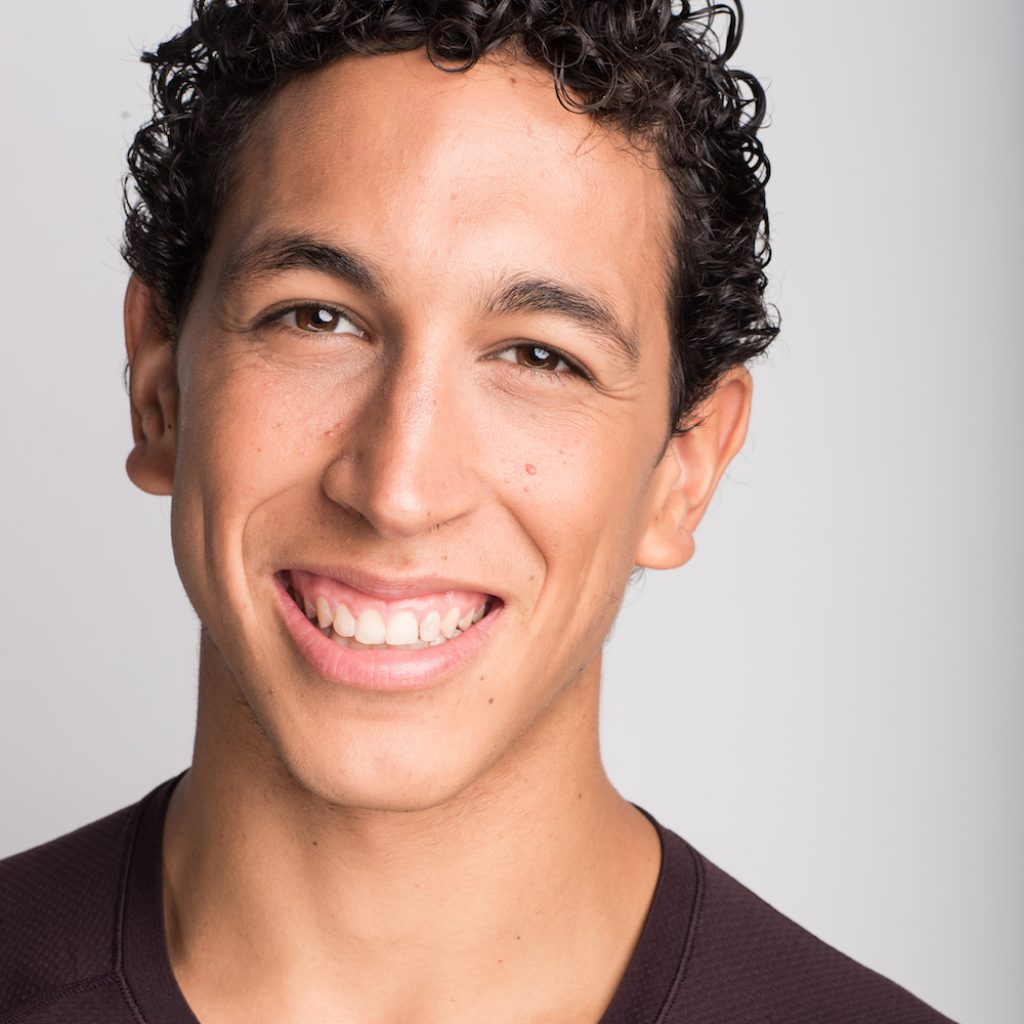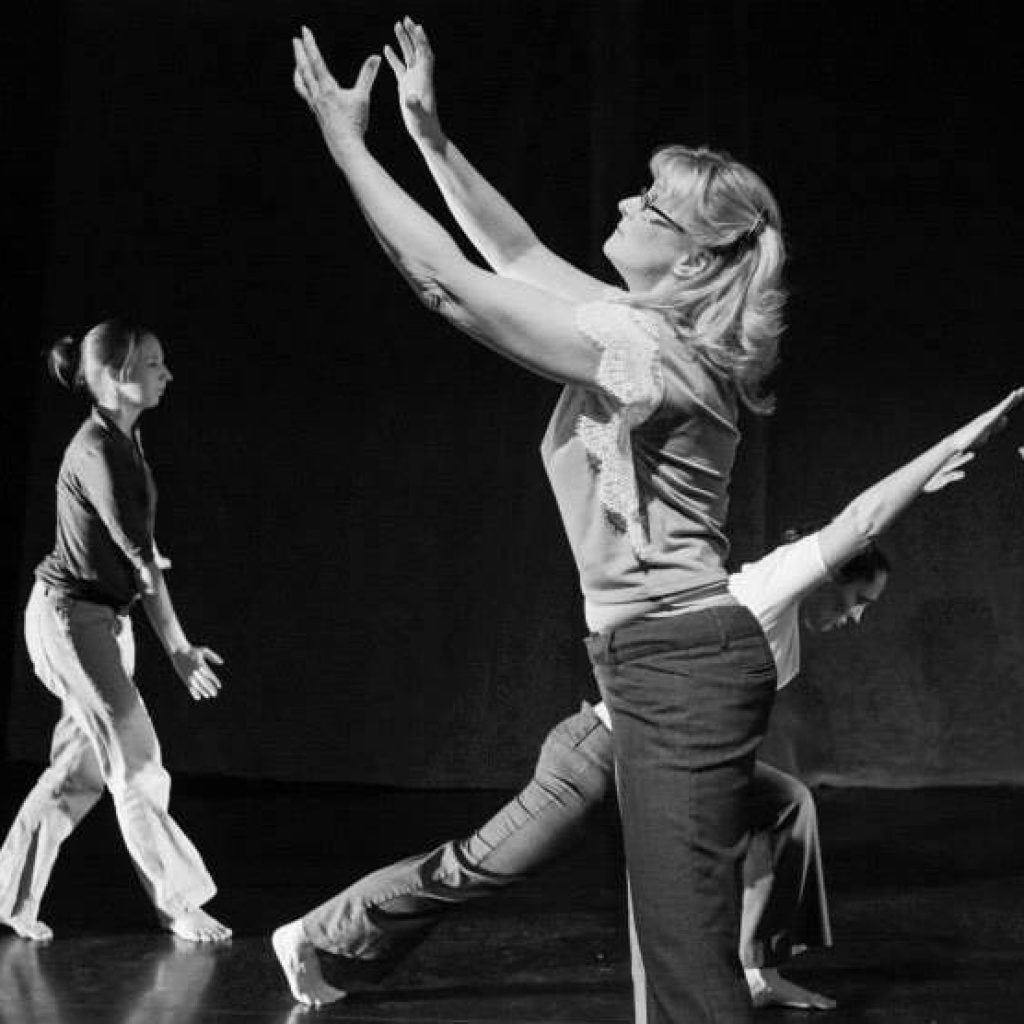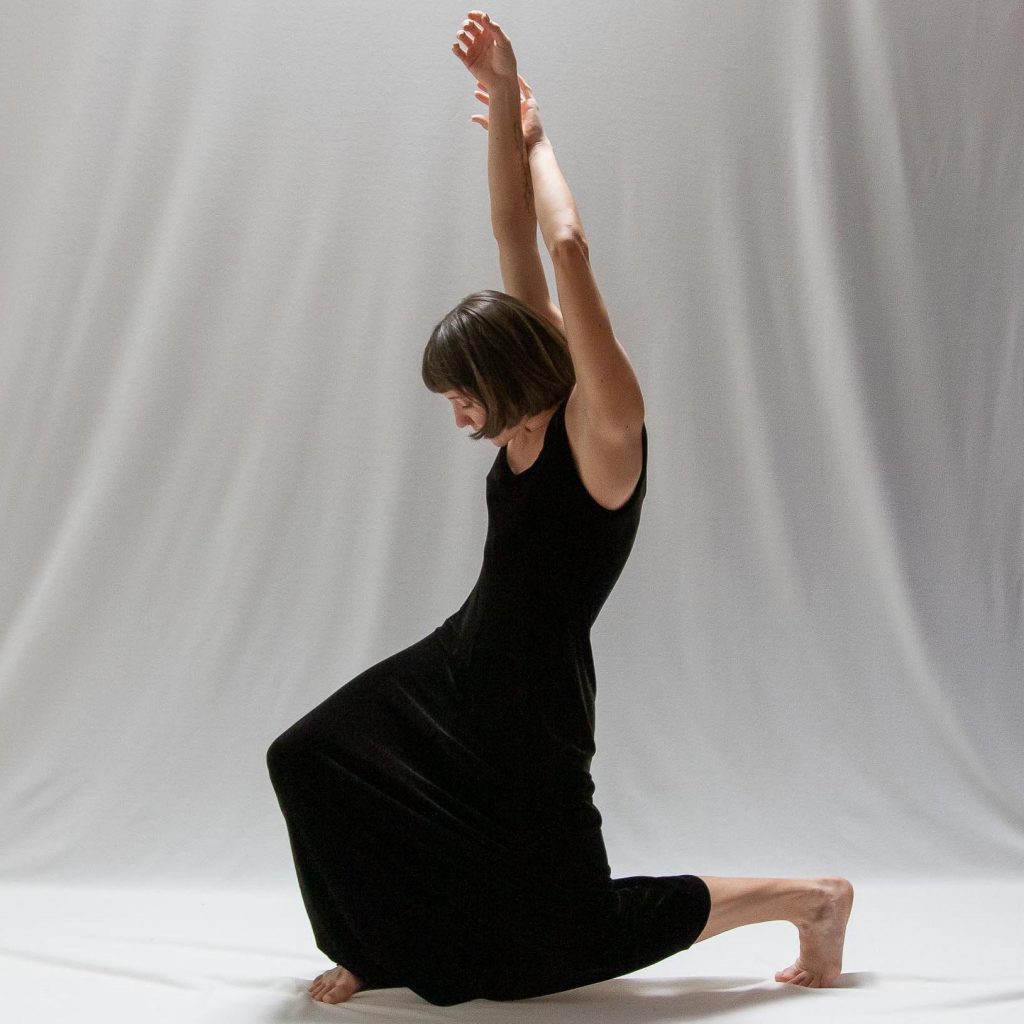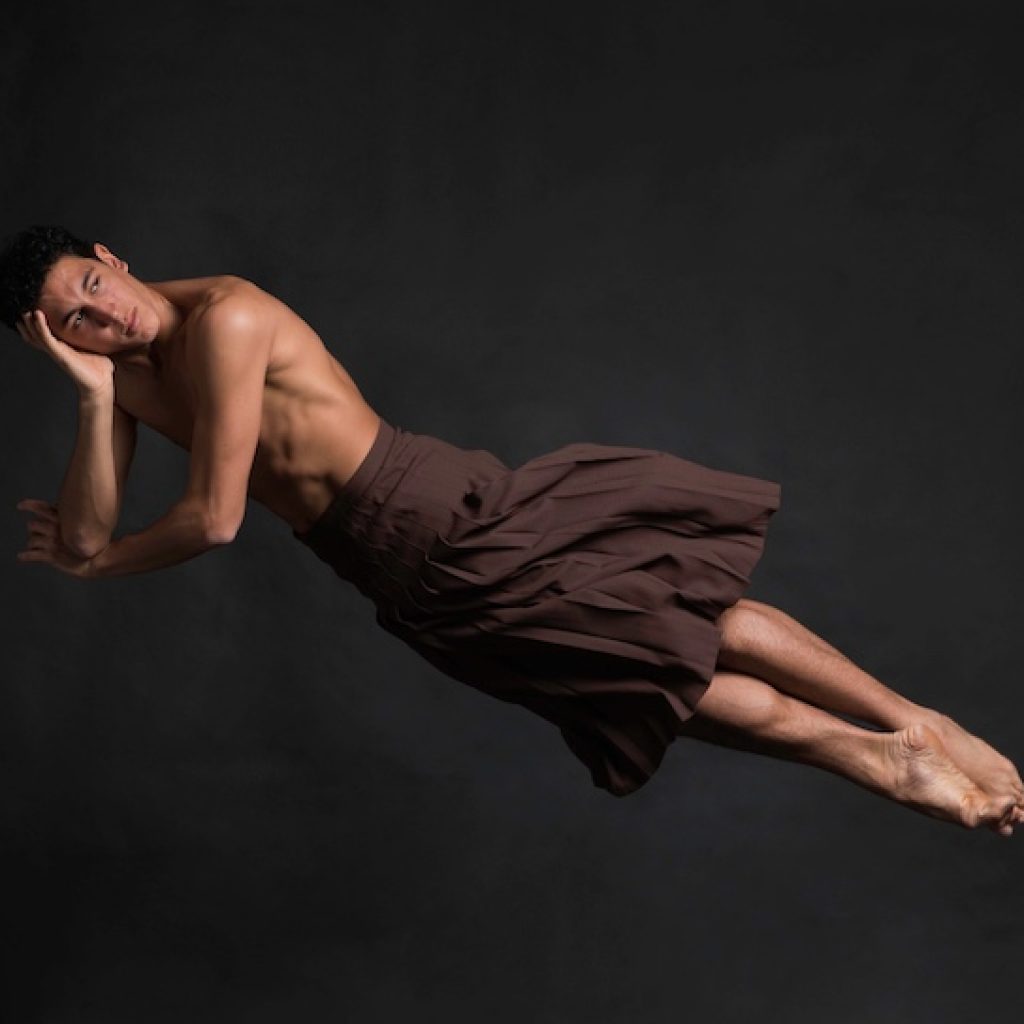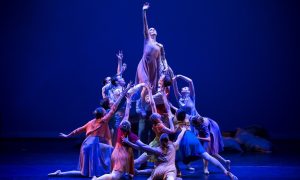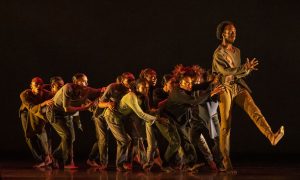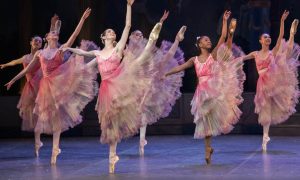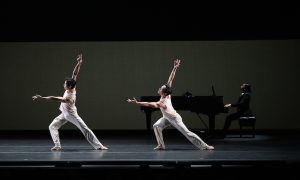Something amazing is happening, all the time and all across this country, in cities and towns of all sizes and atmospheres: incredible dance art. Sadly, public awareness of dance outside of NYC and L.A. can be quite lacking.
Even those within the dance community can all too often focus on NYC and L.A. as exclusive dance hubs, at the expense of spotlighting great work happening in smaller cities and towns. For example, many pre-professional and college-aged dancers set their sights on those dance metropolises without considering other dance centers in which they might thrive.
To be sure, the plethora of opportunities, exciting work happening and plain vibrancy of this country’s main dance hubs are unparalleled. But that doesn’t mean that smaller, less recognized dance communities don’t have their own special things to offer.
Like with many other things in (and out) of dance, COVID threw other factors into the mix here. A good number of dancers moved out of large, densely populated city centers to smaller locales. As the pandemic got more under control, some of those dancers moved back and some (including this writer) stayed. Other dancers in main U.S. dance hubs had more time to reflect on bigger questions of their life and careers, and maybe began to wonder if NYC or L.A. is really the place where they want to stay.
To dig into all of these questions and dynamics, and to come away with five main reasons to consider dancing and living outside of NYC and L.A., Dance Informa spoke with three dance artists who’ve created vibrant careers in (relatively speaking) smaller dance communities.
#1. It’s easier to build tight-knit creative communities.
Choreographer and teaching artist Heather Bryce has worked, studied and created in multiple locales: rural Vermont, Boston, NYC, and (currently) Raleigh/Durham (North Carolina). In all of those locations as compared with NYC, she’s found it “easier to meet and connect with people.” She’s experienced “a greater sense of community” with the former.
Simply by force of people’s limited time and mental space, smaller dance communities can be more conducive to showing up to each other’s shows – and even better coordination of logistics such as not scheduling programming on the same weekend as a fellow choreographer’s.
Alonzo King LINES Ballet Dancer Alvaro Montelongo, having danced in L.A., NYC, and now in San Francisco, has found a similar dynamic at work. In his experience, in L.A., “everyone wants to be famous, so they’ll leverage you for that.” In San Francisco, people are, yes, busy and focused on “doing their own thing” – but, Montelongo explains, “they understand what you’re going through. There’s a feeling of community and that we’re all going through this together.” He’s found that the communities that then grow reflect a focus on “quality over quantity.”
Emily Baker, currently a dancer and social media manager for Island Moving Company (Newport, RI), and who has also danced in a long list of smaller cities (from Atlanta to St. Louis to Tucson), can also confirm this dynamic. To her, the most beautiful thing about small dance communities is that “everything becomes more intimate” and dancers have “an understanding” that such intimacy will grow.
Like Bryce, in smaller dance communities, Baker has found it easier to “support each other and go to each other’s shows.” Beyond local dance communities themselves, she’s been able to make connections and generate support for local dance through getting patrons at her restaurant jobs to come see shows. Overall, she’s found that “in bigger cities, you have to make your own community, and in smaller cities, there’s already a community and you get to join it.”
At the same time, leveraging such community – both personally and professionally – does take intention and effort. Bryce suggests reaching out to local arts councils, showing up to arts events happening around you and carrying business cards. Be ready to make connections anywhere you may go; you never know who you might meet. “You never know who could come out of the woodwork and also be hungry” for creative community, she says.
Be open to thinking in interdisciplinary ways as those connections emerge, Bryce adds. She also encourages utilizing non-traditional performance spaces and working with local community organizations. That can also lead right into bringing dance to people who might not have otherwise have experienced it, which can be incredibly fulfilling and meaningful.
Outside of artists and arts events, per-se, “if certain people you might meet are not in the arts, they likely know people who are” – and/or they might be interested in engaging with your work through their own discipline, she notes. Even volunteering around issues that you’re passionate about, within your local community, can catalyze relationships and nurture your local network.
Baker has a meaningful caveat here, however: tightly-knit, supportive communities can have drama and other downsides just like larger, less intimately-connected communities can. She notes that “every place is different and every place has their quirks. Every company [or community] is going to have its challenges, personalities and disadvantages.”
As one way to handle all of that, it’s important to find people with similar values and passion for the work, Baker believes: “you want to be in a place where people have that fire in their belly, where the people you’re working with care as much as you do,” and also where people know how to “put aside their dramas” and stay focused on the work at hand. You don’t have to be close friends with people you dance and work with (although that can certainly be nice); you just have to be professional, she reminds us.
#2. Support structures can feel fuller, more reliable and more accessible.
One by-product of such a tighter community is more reliable and accessible support systems. Presence at your programming can be meaningful support in and of itself. Networking in the ways Bryce describes can connect you with locals who might very well become consistent audience members, and maybe even donors.
With more formalized institutional supports, such as grant opportunities and grant-allocating bodies, getting seen and heard can feel like less of a slog; Bryce has found that “[in smaller dance communities], people tend to be more interested in you and your development in a different way,” and there can be notably more moral and financial support. She’s found that “funding can be easier because there are fewer people [seeking the same grants and donations].”
Closer community can lead to even further kinds of support, such as example-setting from artist friends you look up to and in-kind support from close friends and family. When Montelongo was living and dancing in Guadalajara, Mexico (where he’s originally from), seeing his friends create evening-length work opened a “mental door” for him, he recalls – making him realize that he could do the same. Those friends also provided valuable guidance and other practical support as he created his first works.
Family members supported him, as well, through everything from making programs to setting up performance spaces. Such support from family and friends is something to keep in mind for artists who’ve returned to their roots (whether because of COVID, associated personal reflection, or for other reasons).
#3. Time moves in a different way.
We can all see the image in our mind’s eye, and have perhaps even lived it (or are currently living it): the dancer in NYC or L.A. rushing from class to rehearsal to auditions to three different side-jobs – rushing around all day long, and then finally getting home late at night to quickly collapse out of exhaustion.
That can be what it takes to cover rent and generally high expenses in such cities. With so many available opportunities, one can also feel like they want to experience as much of it all as possible (and still never get to it all). In NYC, after rehearsals, Bryce and her dancers had to rush off to work with other companies or non-dance jobs. In Vermont, however, they could grab coffee after working in the studio studio – really “take their time,” she recounts. Rehearsal space was also easier to come by than in NYC, and they could have more time in it.
Bryce and her company members could really feel this difference when her NYC-based company was in residency at Mt. Tremper Arts (Mt. Tremper, NY). “We all felt it, that ability to relax into a process…to have that breathing space.” When it comes to creative process, in a smaller locale, one can “sit with work [you’re making] and sit with it in a deeper way,” Bryce describes. “You can have quiet time in nature, to sit and reflect.”
As such, she’s found more emphasis on process over product in smaller dance communities. She’s also found it easier and more organic to include community members in creative process itself, such as in using stories from community to help shape work and/or for community members to see work in progress. With all of those dynamics at work, she’s found that smaller dance communities offer more “freedom to experiment, go deeply, and really focus on process and structure.”
#4. You might have an opportunity to train and work with all sorts of artists, as well as to find the sort of work that’s most meaningful to you (versus the focus being on where you are).
Having danced in so many different locales, Baker has had the opportunity to work with a plethora of choreographers and castmates – offering her exposure to different perspectives, approaches and artistic voices. “One thing I appreciate about the bouncing around that I’ve done, I got to experience a plethora of different [ways of working]. I got to learn what works and what doesn’t,” she shares. That could be a positive by-product of the more limited opportunities in a smaller locale; stepping away from certain opportunities might mean relocating (which of course comes with its own big challenges).
Bryce found another kind of diversity in smaller dance communities that she’s appreciated: that of available dancers and their varied body types. “Being in a smaller community pushed me to not only want to work with just one type of body or strict aesthetic or style.” Some might think that dancing in a smaller community would bring a narrower range of available opportunities and artistic perspectives, and in some ways that’s true. In other ways, that’s very much not the case.
#5. Wherever you are, the mindset you bring and what you make of what’s available make a huge difference!
Montelongo shares that in his first year at LINES, he had to grow a lot and do a good deal of work on himself (technically, artistically and in terms of his mindset). From that experience, he came to a deeper understanding that “how you see your external circumstances are a reflection of your inner world – it’s less the place you’re in than it is what’s going on with you.” Professionally and artistically speaking, “the work is inside of you,” he believes – so that inner work is important.
Montelongo also emphasizes focusing on the work that you’re doing – if it’s truly meaningful to you, if it productively challenges you, if it excites you – rather than on where you are. He came to San Francisco because of how Alonzo King’s work speaks to him, not because of San Francisco itself. He’s now dancing work that truly lights him up, and making the best of life in that city. Montelongo also thinks that it’s vital to “ask yourself what your motivation is”; is it to be part of making great work or to “make it” and see yourself as “successful”?
To the question of what being “successful” even is, Baker puts it this way: “if you’re dancing and you’re happy, you’re successful.” She underscores the importance of being “in the moment” and enjoying what you’re doing for “what it is.” There will be times when you’re not dancing work that inspires or excites you, Baker notes. Find the work that really drives you when and where you can find it. Don’t assume anything, and know that you won’t always be “on top”, she adds.
In this theme of perspective and “the grass is always greener,” she shares a beautifully illustrative story. One time while performing in New York City, she was talking with a friend who lives and dances there, as a freelancer. Baker expressed a bit of envy for all of the exciting opportunities that this friend has available.
The friend responded something to the effect of “well, you have a steady job and a company contract.” Every dancer’s situation has its pros and cons; “there’s no utopia,” as much as young dancers might strive to find one, Baker affirms. “The grass isn’t always greener, but, rather, what shade of green do you want to deal with?”
Wrapping up: Ways to step forward
Bryce acknowledges that when dancing in smaller communities, “it can feel easy to feel frustrated that there’s not more going on.” To that feeling, she asks, “What can you do to be a catalyst?” She encourages artists to not “be afraid to make something that’s not there yet. If it’s not there, build it.”
Yes, if you haven’t produced a lot of work or done something like start your own company, that can feel scary and overwhelming. Have realistic expectations, be gentle with yourself, and acknowledge that something created is something created. “It doesn’t have to be earth-shattering. Baby steps are something,” Bryce confirms. “Be scrappy!”
Otherwise, you have to “do the work to seek it out,” but there very well “might be more going on than you realize,” Bryce notes. Utilize tools like social media, local news and local arts council resources for discovering things happening around you. Music and other non-dance arts events also happen in small towns. Those sorts of events can “serve as connection points, “those we might not have ever anticipated, she says.
Bryce also points out that there are ways to maintain connections with larger dance communities (such as NYC, where she created work for years): submitting work to festivals, collaborating on projects across regions, and generally staying connected with friends and colleagues who don’t live where you live.
In line with that thinking, Montelongo believes that the dance world is one big community, and we don’t have to have walls within it. Where we find those walls, we can break them down. Wherever we dance and live, we can find ways to stay connected, stay vibrant and make our mark. Whether in the rural midwest, in a small coastal city, or in the pulsing dance hubs of NYC or L.A., we can dance toward the work and the life that we envision for ourselves.
By Kathryn Boland of Dance Informa.


